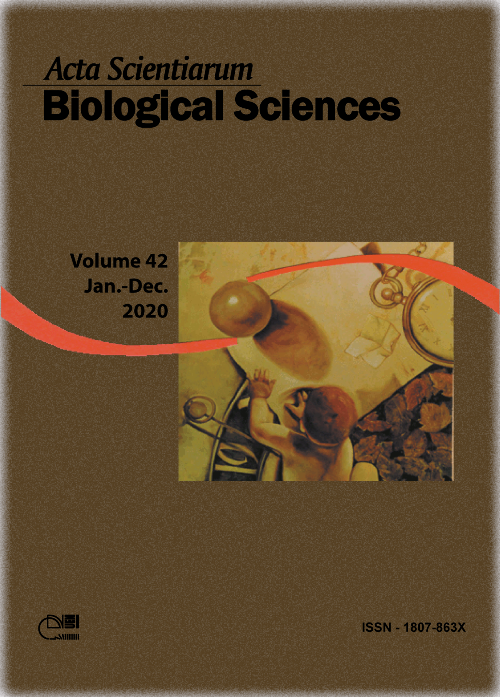Determination of the biodegradability of chitosan utilizing the most probable number technique
Abstract
The present work aimed to evaluate the degradability of the chitosan polymer by soil microorganisms. This evaluation was accomplished using the Most Probable Number (MPN) method by plating in drops so that soil microorganisms capable of degrading the polymeric material could be quantified. Soil samples diluted in three specific culture media for each type of microorganism were plated – bacteria, fungi and actinobacteria – and they were maintained at 28°C for seven days to determine the growth rate of fungi and actinobacteria, and for 48 hours for the development of bacteria. Significant differences in the MPN of actinobacteria relative to the other groups analyzed were observed. Thus, the method used was effective for determining the degradability of the chitosan biopolymer when observing the development of microorganisms subjected to the replacement of the carbon source by the addition of 2% w v-1 of the chitosan biopolymer to the culture medium. The formation of clear regions around the microbial colonies was a strong indicator of biodegradation.
Downloads
DECLARATION OF ORIGINALITY AND COPYRIGHTS
I Declare that current article is original and has not been submitted for publication, in part or in whole, to any other national or international journal.
The copyrights belong exclusively to the authors. Published content is licensed under Creative Commons Attribution 4.0 (CC BY 4.0) guidelines, which allows sharing (copy and distribution of the material in any medium or format) and adaptation (remix, transform, and build upon the material) for any purpose, even commercially, under the terms of attribution.
Read this link for further information on how to use CC BY 4.0 properly.












1.png)




3.png)













